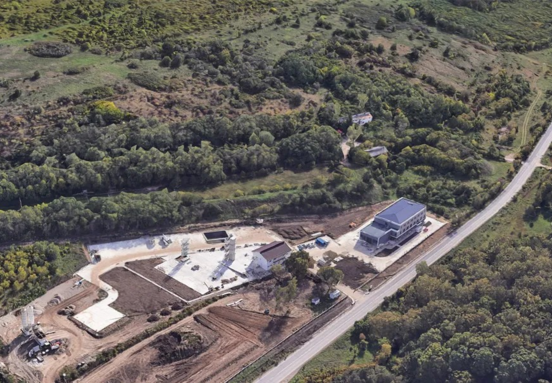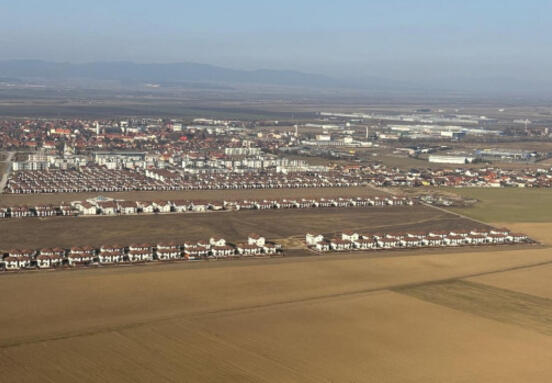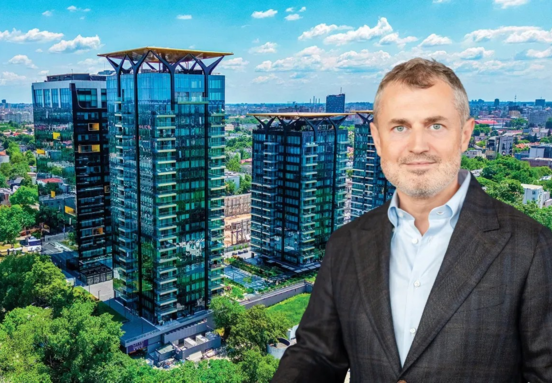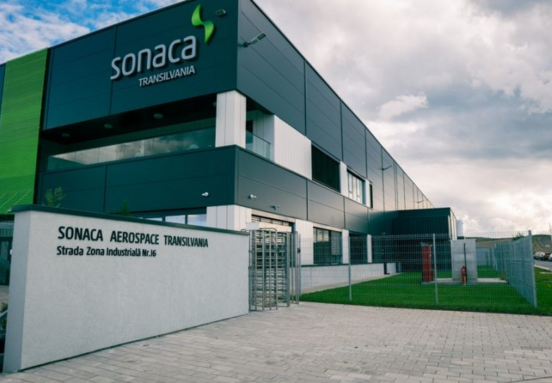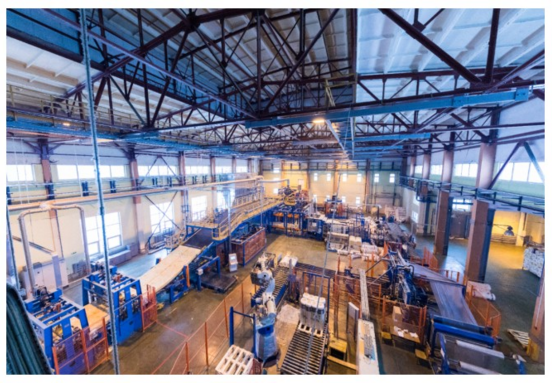This development comes amid a year of 2017 with record performance in logistics and industrial space portfolios. Approximately 350,000 m2 of new spaces have been added to existing stock, representing a 13% increase over 2016, with the national portfolio reaching more than 3 million m2, according to a market report that will soon be released.
"There are very good signs on this market! Year 2017, with a record increase in deliveries of new spaces, has prepared a 2018 following the same trend. At this moment the vacancy rate of the logistic and industrial spaces is below 5%, with a supply pressure. Our forecasts are that this growth trend will continue not only in 2018, when we expect about 500,000 m2 of new logistics and industrial projects, but further until 2020. The main trends we see for 2020 are related to both the development of industrial parks, and to the approach to this development. Growth will also come from parks outside the capital, we will see in Bucharest a beginning of orientation towards inner city logistics and, last but not least, as a solution to reduce the labor force problem, developers will build hostels within the logistics parks", says Daniel Cautiş, Managing Partner Dunwell.
The estimated area of 500,000 m2 includes all deliveries of relevant industrial and logistics spaces, such as spaces developed in 2017 and delivered this year.
The main owners of logistic and industrial parks in Romania are now: CTP, WDP, P3, VGP, Globalworth, Alinso Group, Logicor, ICCO Group, Helios Phoenix, TRC, with portfolios ranging from 100,000 to over 700,000 m2. Their tenants come mainly from 3PL (outsourced logistics services) with nearly 50% of new space demand in 2017, retail, about 19%, and e-commerce with 6% of demand.
According to Dunwell representative, this upward trend is driven by both rising consumption and spending, due to lower wage and salary increases, as well as the manufacturing sector, which also grew 8% last year. Also important was the relocation of the tenants from the old, unfit spaces, in areas with fire safety authorizations. The real estate market has been fueled by these developments, with developers facing growing demand for storage and production. CTP managed to attract the top three market transactions (25% of total demand), reconfirming logistics and e-commerce as key market areas.
Estimates have been made taking into account several factors, among which the most important are: the history of all warehouse rental transactions over the past 5 years; the surface of logistics and industrial premises built and delivered by developers in 2017; the number of industrial land transactions in 2016 and 2017 and which in the last quarter received industrial PUZ or construction permits, as well as 3PL market customers' demand from the end of 2017, pending, and which would be resumed in 2018, there are other factors that have influenced the estimates. Also, the 3PL tenants' extension requirements, which aim at annual increases of at least 10%, and relocations from A class warehouses (not included in the study) to A class warehouses, had a significant share in the estimating growth. (source: Dunwell)

